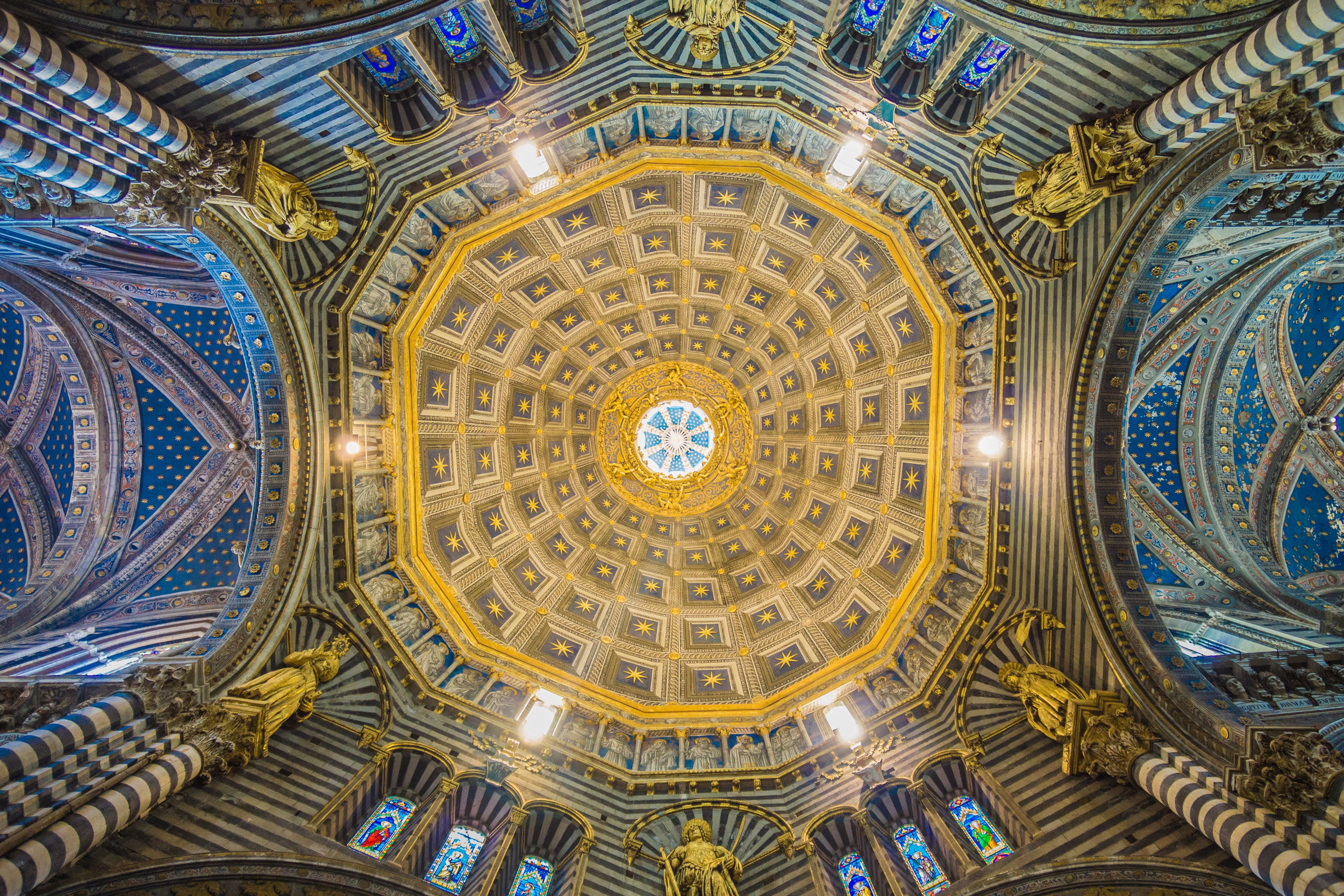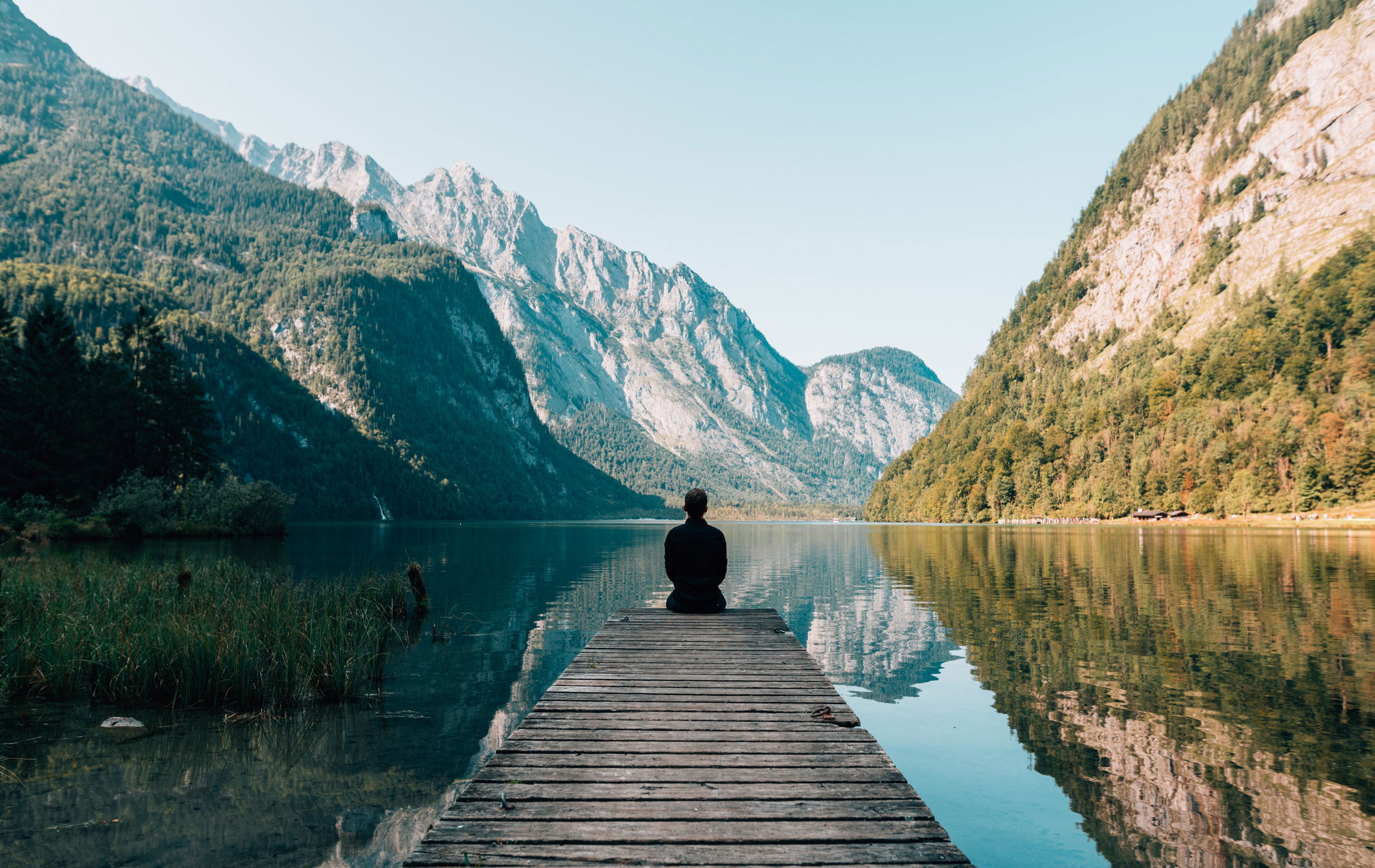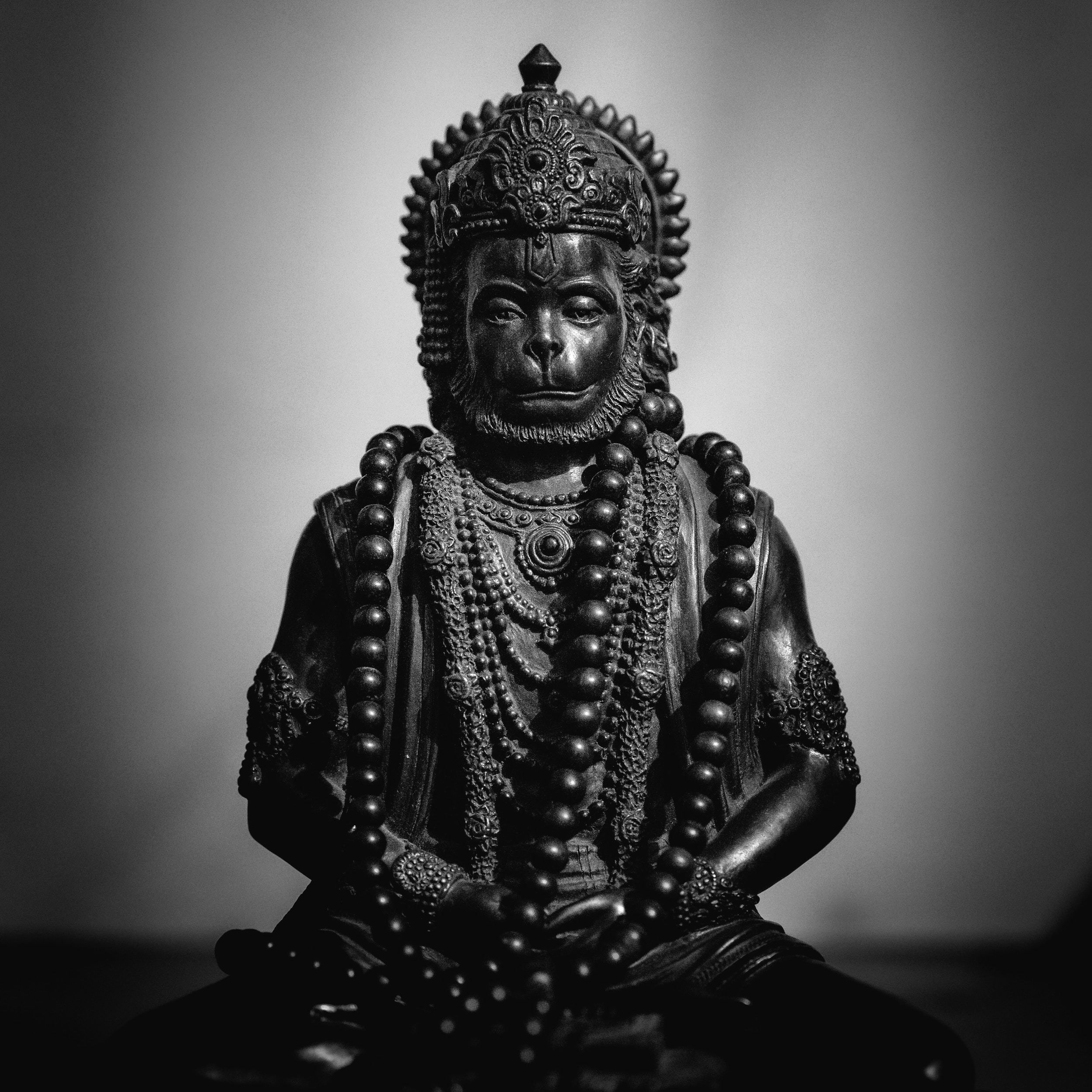What is Flow?
The leading psychologist Mihalyi Csikszentmihalyi became a happiness researcher because of the suffering he faced growing up in war torn Europe. He was a prisoner during World War II and witnessed the pain and despair of the people around him during this time. After their jobs, homes, and security were lost during the war he observed that many people were unable to live a life of contentment. As a result, he developed a curiosity about happiness and contentment. After the war, he took an interest in art, philosophy, and religion as means to answer the question: What creates a better, happier life? In a synchronistic event, he stumbled upon psychology while in Zurich looking for something affordable to do. Csikszentmihalyi saw an advertisement in the paper about a free talk ostensibly about flying saucers by a Swiss professor. Thinking it would be free and interesting, he attended the talk given by the famous Carl Jung who spoke of the emotional trauma after World War II and the “flying saucers” were Hindu mandalas representing archetypes for unified knowledge and universal values.

Csikszentmihalyi was so intrigued that he pursued an education in psychology to study the source of human happiness. His research led to an important understanding that happiness is an internal state that can be shifted higher through committed effort in a state he called flow. In his popular 1990 book Flow: The Psychology of Optimal Experience he explains that beyond each person’s set point of happiness, there is a level of happiness over which we have some degree of control. Through research, Csikszentmihalyi began to understand that people were their most creative, productive, and happy when they are in a state of flow. Csikszentmihalyi developed the term “flow state” because many of the people he interviewed described their optimal states of performance as times when productivity simply flowed out of them without much effort. He concluded that any activity can bring a sense of fulfillment if the activity helps the person access the flow state. This state is marked by surrendering completely to the moment, where time disappears, and self-consciousness drops off the radar. We come back to an inherent chatter-less mind, fully awake and joyfully aware. He found that flow is a universal, positive human capacity. The practices of Mindfulness are circling around the same phenomenon when it talks about present moment awareness.

This is a critical point made in the ancient spiritual teachings of Patanjali made 1700 years ago. The sage wrote in a succinct sutra “Sukha Sthira Asanum” which can be understood that the true seat of well-being or happiness requires a focused, steady, and strong mind integrated into the heart of a soft, compassionate awareness. This sutra is a source of valuable guidance for living in rhythm with our energy. Cultivating the balance between effort and ease as we move through the days and seasons of our lives establishes a regulating rhythm for fully realizing our highest potential, for achieving our worldly goals, and for renewing ourselves through the inevitable changes and difficulties that come our way.

My aim as a counsellor trained in neuropsychology, polyvagal informed and mindfulness-based therapies, and the practices of yoga is to help you access this prized state of flow. You’ll learn how to access your flow state with intelligence and skill to heal not just for symptom relief but for transformation at the deepest level.